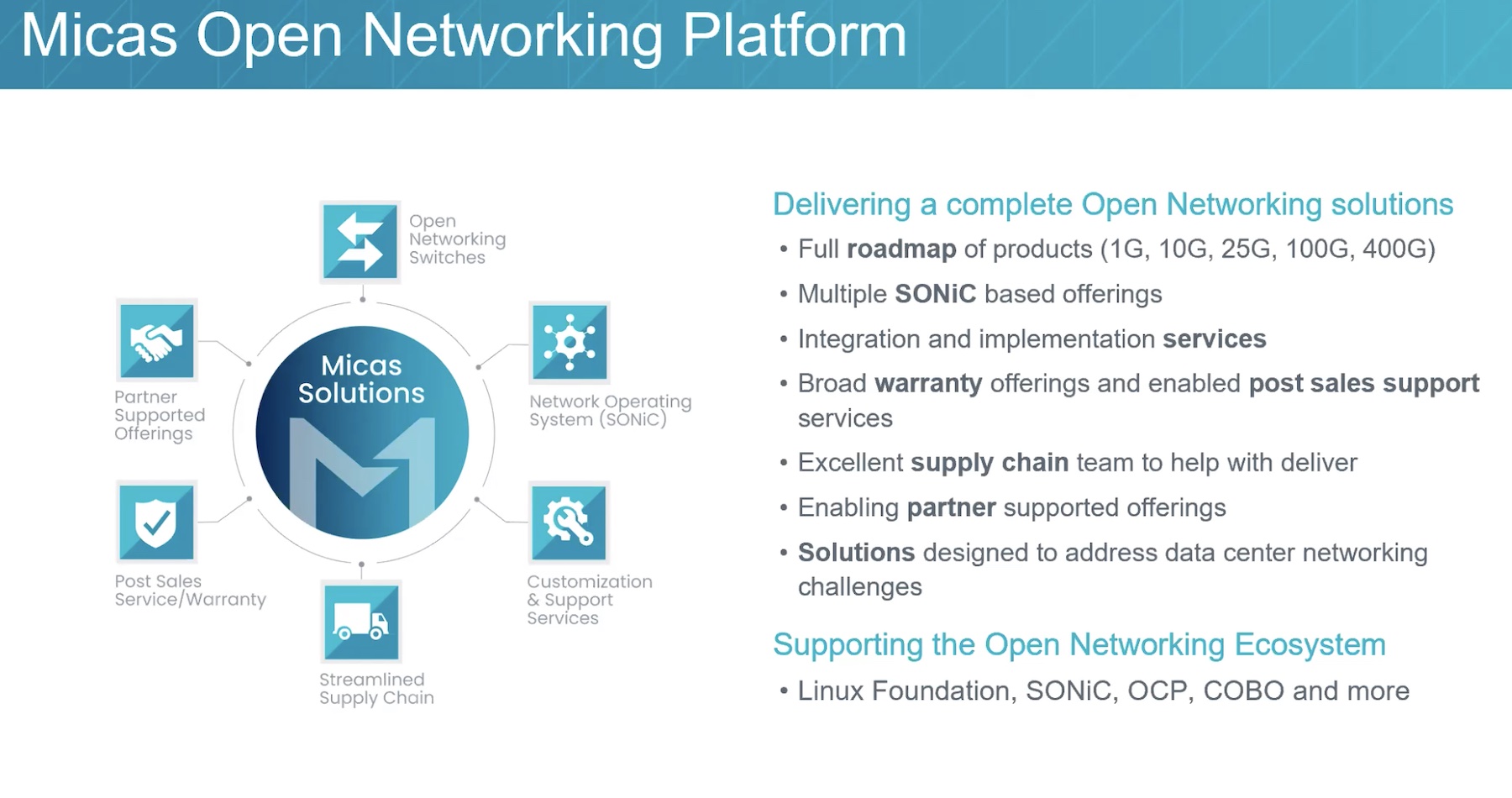Open networking gets a lot of attention in the tech press because it follows a compelling narrative: a scrappy band of innovators joins together to break the unrelenting grip that a Death Star-sized incumbent has on the market.
Never mind that in many cases, the scrappy band is assembled from multibillion dollar corporate behemoths such as Facebook, VMware, Intel, or HP. (OK, sometimes it’s graduate students at Stanford—however, we’re not talking about a moisture farmer from Tatooine; it’s still freakin’ Stanford.)
If open networking is going to have a significant industry impact, it has to get past the narrative of upstart vs. incumbent and demonstrate three things:
1. That it’s not just for the 1 percent
Rich companies like Google and Facebook and Microsoft can muck around with custom hardware designs from the Open Compute Project and Linux-based network OSs because, well, they’re rich.
They have gobs of smart, highly-paid talent they can throw at these kinds of projects. And these companies are of such immense scale that even small reductions in, for example, energy consumption or operational costs, will yield significant benefits.
In addition, when you talk about Google, Facebook, and the like, their technology platforms are the product—that’s what they’re selling. Thus, every dollar invested in the network is a dollar invested in product.
These conditions don’t really exist outside of a limited number of organizations, and so open networking projects have to find compelling use cases for the broader market.
2. That it can attract an ecosystem
Lots of companies that aren’t Google, Facebook, etc., have smart people, but they don’t always have a lot of them. Instead, organizations augment paid staff with resellers, consultants, and local or regional service providers.
If open networking is going to have an impact in the wider enterprise world, it has to build ecosystems of support among these third parties. Open projects should look for financial structures that provide incentives for these third-party organizations to adopt and introduce open products to their own customers and provide ongoing support.
3. That it can take make ‘open’ more open
When I think of adjectives to describe open source, “friendly” isn’t one of them. Righteousness and technical complexity seem tightly bound within the open source movement, which can be off-putting, especially if you’re thinking of betting the company’s five-year networking plan on it.
And even if the technology behind open source is graspable, if you’ve had little or no exposure, it’s really hard to make the time. Companies of any size aren’t great about providing training to their employees, particularly when it comes to disruptive technologies that may or may not pan out.
And while it’s common to exhort IT professionals to spend their free time in home labs becoming Linux hackers and Ansible ninjas, they do have lives outside of technology, and there are only so many hours in the day.
A robust collection of tools, documentation, and vibrant, welcoming user communities are necessary to move open networking out of the realm of DIY and into the general market.
In addition, a market of commercial implementations of open projects can help fill the knowledge and experience gap by making the software easier to deploy, by including good documentation, and by providing quality technical support.
This market would also provide more opportunities for resellers and service providers to add value for customers.
A Good Start
The industry resources being poured into various open movements in just the past five or six years is, frankly, astounding. To me it demonstrates a pent-up appetite for faster innovation and new approaches to network software, hardware, and operations.
I believe that the foundations of an open networking infrastructure are in place. Now it’s time for the collective efforts of the community to find ways to grow that infrastructure so that open networking concepts and products are viable and widely embraced.
I’m heading to the Open Networking User Group (ONUG) gathering this November as part of a Tech Field Day event. Open networking is, to my mind, an umbrella term for a variety of initiatives that are introducing new concepts and technologies to the networking industry, often outside the control of individual vendors.
Some of these initiatives are open source projects, such as the OpenDaylight SDN controller, with source code made available via a standard open source license. Others, such as the OpenFlow protocol, are overseen by an industry consortium.
I’ll be posting blogs and tweeting from ONUG, and you can watch live streams from the ONUG Tech Field Day Extra. If you’ll be at ONUG (November 3-5), let me know if you’d like to connect.
Drew Conry-Murray a tech blogger and podcaster with 17 years’ experience covering IT, networking, security, and more. His blog can be found at http://PacketPushers.net and followed on Twitter as @Drew_CM.
 This post is part of the ONUG Fall 2015 Tech Talk Series. For more information, please see the rest of the series HERE. To learn more about ONUG and their fall meeting in New York, please visit http://OpenNetworkingUserGroup.com. If you would like to attend, use the code “TFD30” and get 30% off your registration!
This post is part of the ONUG Fall 2015 Tech Talk Series. For more information, please see the rest of the series HERE. To learn more about ONUG and their fall meeting in New York, please visit http://OpenNetworkingUserGroup.com. If you would like to attend, use the code “TFD30” and get 30% off your registration!






[…] think open networking has a few challenges ahead of it if it wants to have a significant impact on enterprise networks, so I’m looking forward to hear the perspective of companies who are […]
[…] Open Networking: Something To Prove […]